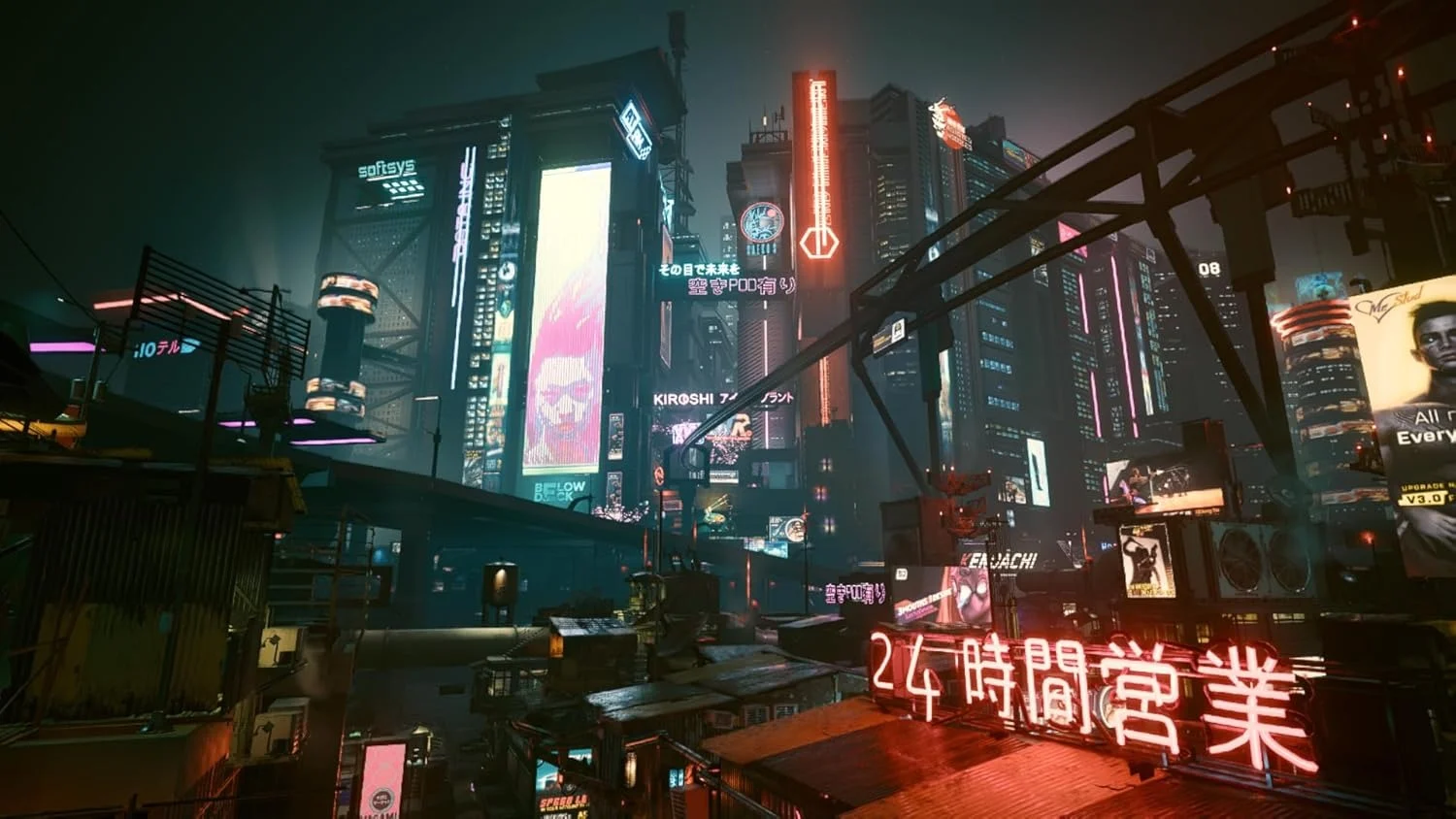CD Projekt Red Japan recently held a demo event for the press where I got to play the Nintendo Switch 2 version of Cyberpunk 2077: Ultimate Edition. People have been eager to compare the Switch 2’s performance to the Steam Deck’s ever since its initial announcement, and since I own a Steam Deck myself, I decided to check out how the two compare when running Cyberpunk 2077.
Note that I didn’t perform the comparison directly at the demo venue – I played the Steam Deck version right after the Switch 2 event wrapped up. The Cyberpunk 2077’s PC version has a default “Steam Deck” setting, so the comparison is based on that.

Let’s start with frame rate. The Steam Deck showed a higher average frame rate overall. The Switch 2 version ran at around 30 to 40 fps, while the Steam Deck records 45 fps in the benchmark, with lightweight scenes peaking at over 50 fps. That said, in high-load scenes, the Steam Deck can also drop to around 30 fps. I noticed while driving around in the city in the Switch 2 version that the game briefly stutters (the frame rate drops) when auto-save kicks in. By contrast, the Steam Deck didn’t suffer from any noticeable stuttering when auto-saving.
On the other hand, the Switch 2 showed superior image quality. To my eyes, the graphics appeared clearer and sharper on the Switch 2’s handheld mode than on the Steam Deck. I suspect this is due to the Switch 2 supporting DLSS, NVIDIA’s AI-powered upscaling technology. The Steam Deck uses AMD’s FSR 2.0 for upscaling, but since it doesn’t rely on AI, the accuracy of upscaling isn’t as high as DLSS’s.

Another point I think is important to mention in terms of portable gaming is battery life. The Switch 2’s battery slightly outlasted the Steam Deck at 2 hours (vs the Steam Deck’s ~1 hour and 45 minutes). These comparisons are only for reference, but I hope you’ll find them helpful.





